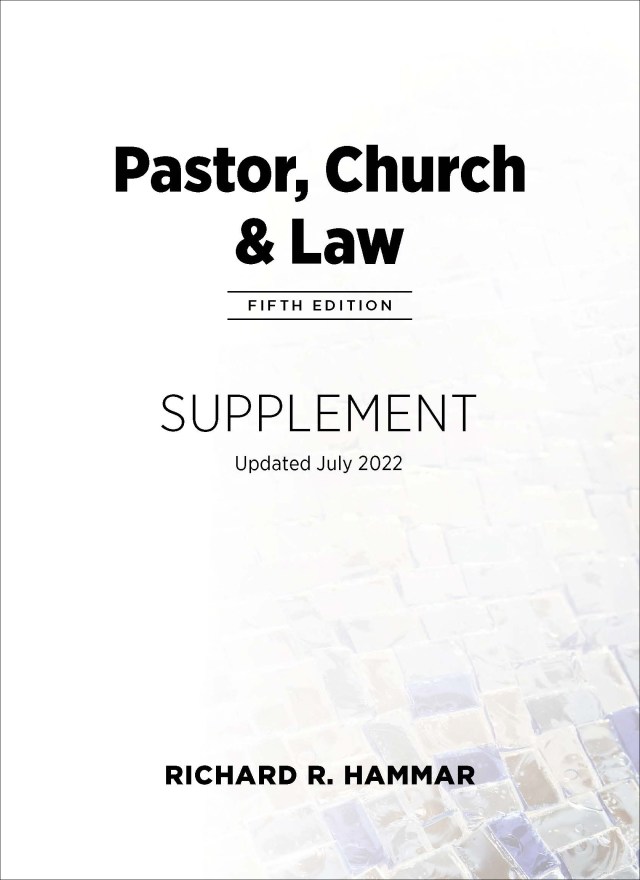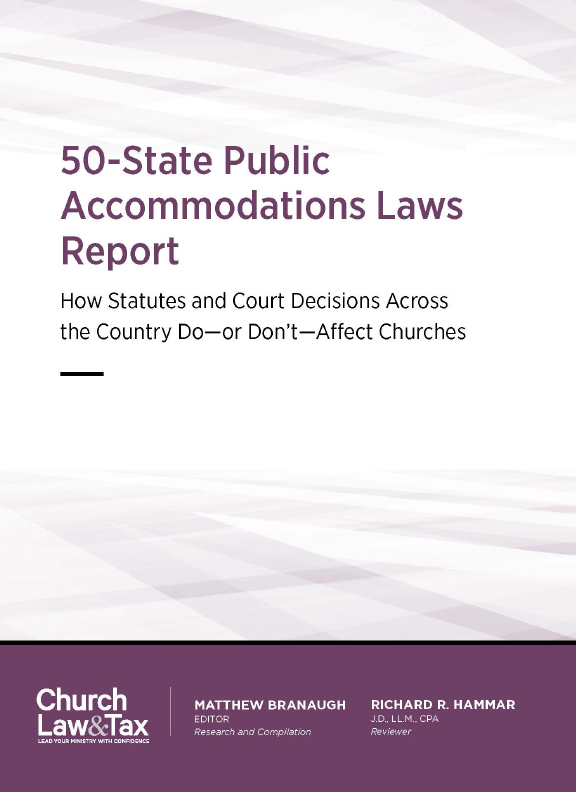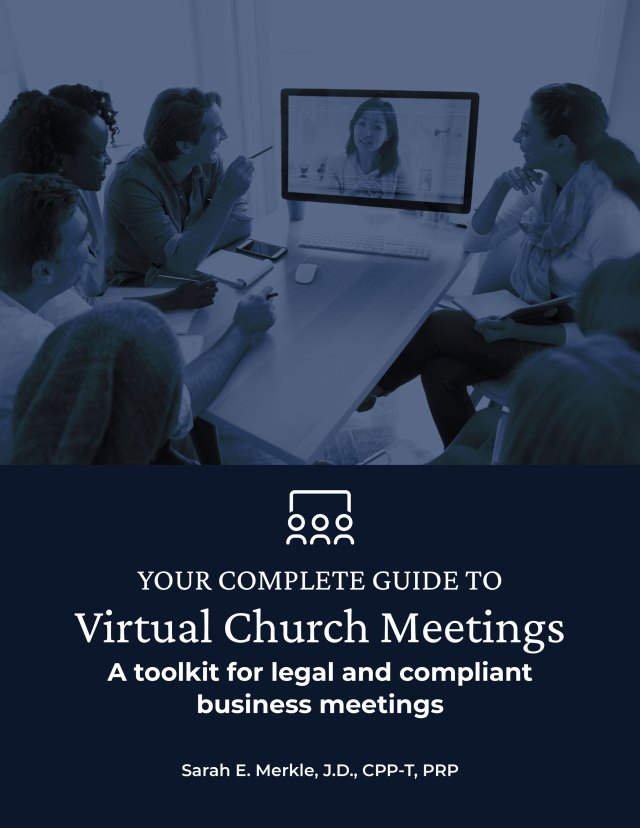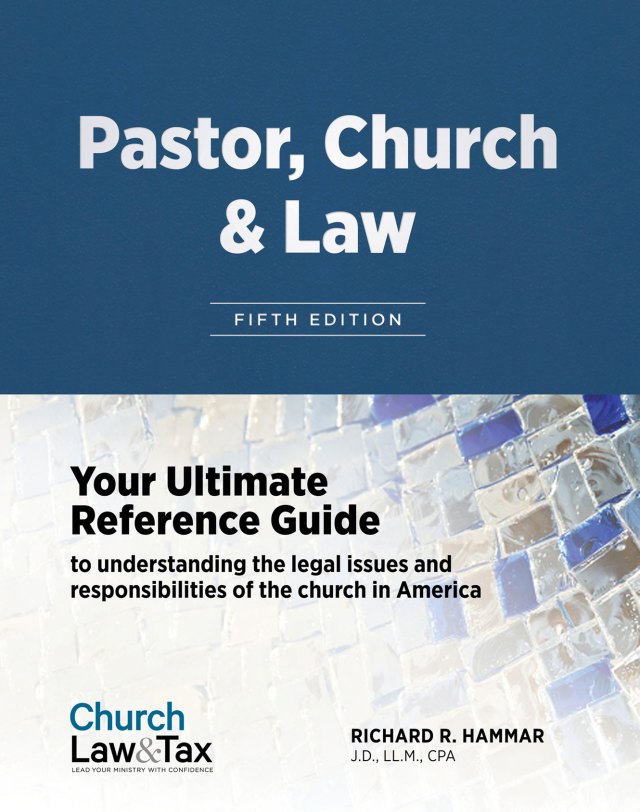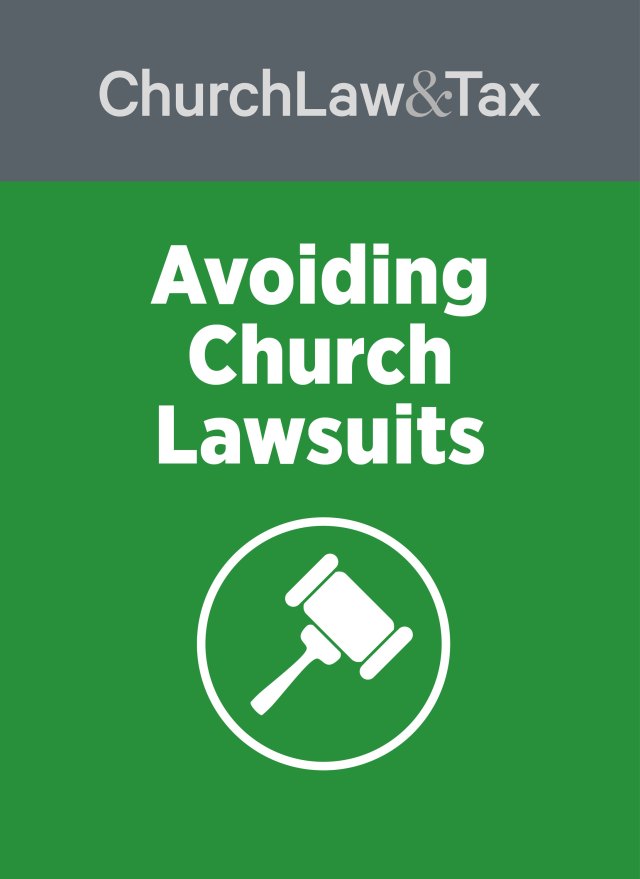Key point 10-11. A church may be legally responsible on the basis of negligent supervision for injuries resulting from a failure to exercise adequate supervision of its programs and activities.
In a case that will be relevant to every church leader, a Louisiana court addressed the liability of parents for injuries caused by their minor children on church premises.
Background
Four kindergarten students at a church-owned elementary school were playing tag on a school playground when one of the boys (the perpetrator) assaulted another boy (the victim). The victim suffered serious injuries, including confinement to a wheelchair for approximately three months.
The victim’s parents sued the parents of the perpetrator in one lawsuit, and sued the school and church in a separate lawsuit. The victim’s parents claimed each of the parties were responsible for their child’s injuries.
The trial court dismissed the lawsuits.
The victim’s parents appealed.
Liability of parents for the conduct of a minor child
A state appeals court observed: “Generally, a father and a mother are responsible for damage caused by their minor child who lives with them … when the child’s conduct creates an unreasonable risk of injury to others, even though the parent himself is not personally negligent, and the child is too young to be personally negligent.”
The court noted that “there is no fixed rule for determining whether a child’s conduct creates an unreasonable risk of harm. Relevant factors to be considered and weighed include:
- the claims and interests of the parties;
- the probability of the risk occurring;
- the gravity of the consequences;
- the burden of adequate precautions;
- individual and societal rights and obligations; and,
- the social utility involved.
The injured person must prove that
the child’s conduct presented an unreasonable risk of injury to another and that the damage resulted from the unreasonable risk of injury. Once this is proved, the parent can escape liability only if he shows the injury was caused by the fault of the victim, by the fault of a third person, or by an irresistible force.
The appeals court reversed the trial court’s dismissal of all claims against the perpetrator and his parents, allowing it to proceed to trial. The appeals court concluded that there was sufficient evidence that the perpetrator posed an unreasonable risk of harm to others, based on the following facts:
In his deposition, the victim testified that he was playing a game of tag with two friends at recess when the perpetrator joined the game. The victim did not want to play with [the perpetrator] because, earlier in the school year [the perpetrator] had twisted his fingers more than once when they were standing in line at school. Without telling the other students, the victim quit the game of tag and walked away. The perpetrator followed him, shoved him to the ground, and jumped on him “on purpose.”
The victim’s mother testified that, before the playground incident, her son had repeatedly come home from school telling her that the perpetrator was “being mean” to him by twisting his fingers. The mother instructed her son not to play with him anymore.
The victim’s mother also testified that, on a field trip in October 2017, she had personally seen the perpetrator being disruptive, not following orders, and grabbing another child in an attempt to “bear hug” the child.
The mother further stated that, at a school function in early December 2017, the perpetrator’s mother told the victim’s mother that she had met with her son’s teacher regarding her son’s frequently being marked down on the classroom behavior chart.
The perpetrator had many documented behavioral concerns throughout the school year, including:
- kicking students while walking down the hall,
- punching students in the bathroom,
- constant roughhousing on the playground,
- misbehavior at special classes,
- hitting students in the back while sitting on the carpet, slapping another student in the face while carpooling, and
- coloring on the classroom floor during nap time.
Liability of the school and church
The victim’s parents sued the school and church (the “church defendants”) in a separate lawsuit. The trial court also dismissed the parents’ claims against the school and church defendants and the victim’s parents appealed.
The appeals court concluded:
A school board, through its agents and teachers, owes a duty of reasonable supervision over students. The supervision required is reasonable, competent supervision appropriate to the age of the children and the attendant circumstances. Constant supervision of all students is not possible nor required for educators to discharge their duty to provide adequate supervision. Before liability can be imposed upon a school board for failure to adequately supervise the safety of students, there must be proof of negligence in providing supervision and proof of a causal connection between the lack of supervision and the accident. The risk of unreasonable injury must be foreseeable, constructively or actually known, and preventable if a requisite degree of supervision had been exercised.
The victim’s family claimed that “because the school and church knew that the perpetrator had prior behavior problems, they were required to exercise a heightened amount of supervision over the perpetrator, particularly on the playground.”
The appeals court agreed, allowing the lawsuit to proceed to trial.
What this case means for churches
This case illustrates the remarkable conclusion that not only are schools and churches potentially liable for injuries to children occurring on their premises, but so are the parents of children who injure other children when the child’s conduct creates an unreasonable risk of injury to others.
The bottom line: Church leaders who become aware of a child exhibiting aggressive and harmful behavior toward other children should intervene promptly to restrain the offender and protect other children since a failure to do so may lead to liability for both the church and the parents of the child causing injuries to other children.
This risk can be minimized by various interventions, including:
1. Using an adequate number of adults to supervise all church activities, especially those involving minors. Also, be sure that adult supervisors are screened and trained on responding to aggressive children.
2. Checking with local public elementary schools to see what policies they have instituted in cases involving aggressive children. By aligning your policies to those of government agencies (such as a public school) you will go a long way toward demonstrating that your church exercised a sufficient degree of care and therefore was not negligent for injuries that occur.
3. Checking with non-governmental charities (i.e., the American Red Cross, YMCA, Boy Scouts of America, and similar organizations) to obtain guidelines on responding to violent and aggressive children. Reliance on such standards makes it much less likely that a church will be guilty of negligent supervision. Be sure that you document your research.
4. Using video technology to monitor children on church premises. This will help explain how injuries occur and may result in a church’s quick dismissal from a lawsuit.
5. Apprising parents of a minor child who injures another child in an unprovoked act of aggression. If the circumstances warrant, either expel the child or require that the child always be accompanied by a parent on church property.
6. Recognizing knowledge of past incidents. If a child is injured on church property, then the church’s duty of supervision increases. The church will be held to a higher standard of supervision because of such knowledge. It is important for church leaders to be aware of this, and to be diligent in implementing some, or all, of the risk management procedures mentioned in this article. As the victim’s parents asserted, “because the school and church knew that the perpetrator had prior behavior problems, [the school and church] were required to exercise a heightened amount of supervision over the perpetrator, particularly on the playground.”
7. Familiarizing youth workers with the church’s policies and ensuring these policies are followed. This is essential. At a minimum, this should be part of an orientation process for all new workers (both paid and volunteer). Periodic training sessions are also desirable to reinforce nursery policies. A church that fails to follow its own risk management policies is placing itself in a precarious legal position.
8. Regularly reviewing policies and procedures. It is a good practice to have your risk management procedures reviewed periodically by an attorney and by your church’s insurance agent. Such a review will help to ensure that your policies are current and effective.
Loupe v. Roman Catholic Church, 368 So. 3d 583 (La. App. 2023) and 365 So. 3d 844 (La. App. 2023).
